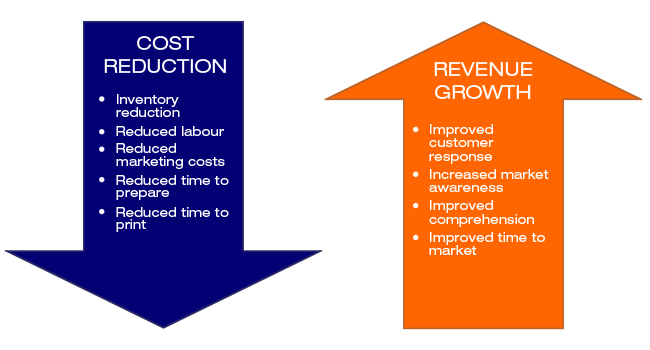The Ultimate Guide To Digital Printing
The Ultimate Guide To Digital Printing
Blog Article
Not known Incorrect Statements About Digital Printing
Table of ContentsThe smart Trick of Digital Printing That Nobody is DiscussingNot known Facts About Digital PrintingHow Digital Printing can Save You Time, Stress, and Money.Getting The Digital Printing To WorkExcitement About Digital PrintingThe Facts About Digital Printing Revealed
Variable data printing, such as direct mail with individualized codes and addresses, is ideally suited for electronic printing. Digital fast printing just needs 4 steps of layout, testimonial, printing and binding to get everything done. Digital quick printing has an exceptional advantage: print on need.According to PMMI, digital printing allows brands and suppliers to respond quickly to customer needs while boosting the supply chain, minimizing warehousing cost and waste, and enjoying faster time to market. That all noises fantastic, yet just how does this modern technology do all that? The significant differentiator of these technologies is that there are no set up costs and no plates with digital printing.
The 8-Minute Rule for Digital Printing
According to Wikipedia, the biggest distinction between electronic printing and standard techniques such as lithography, flexography, gravure, or letterpress - Digital Printing is that there is no demand to replace printing plates in electronic printing, whereas in these analog printing techniques the plates are continuously changed. This leads to quicker turnaround time and decreases cost when utilizing electronic printing.
Digital printing is highly adaptable, so it's easy to make adjustments to the package style swiftly. It all goes back to the plates.
With traditional printing methods, short-run printing is just not feasible. Since an excellent style can make or damage your item, electronic printing regularly develops top notch, clear and vivid graphics each time.
Digital printing is the process of printing digital-based photos straight onto a selection of media substrates. There is no need for a printing plate, unlike with offset printing. Digital data such as PDFs or desktop computer posting data can be sent directly to the digital printing press to print on paper, image paper, canvas, textile, synthetics, cardstock and various other substratums.
All About Digital Printing
According to PMMI, electronic printing permits brand names and makers to react swiftly to customer demands while improving the supply chain, reducing warehousing cost and waste, and delighting in faster time to market. That all audios fantastic, but just how does this innovation do all that? The significant differentiator of these modern technologies is that there are no set-up fees and no plates with pop over to this web-site electronic printing.
According to Wikipedia, the greatest difference between digital printing and standard approaches such as lithography, flexography, gravure, or letterpress is that there is no need to replace printing plates in electronic printing, whereas in these analog printing approaches the plates are continuously changed. This causes quicker turn-around time and lowers expense when using electronic printing.

The Of Digital Printing
A lot more inventory can mean even more waste down the roadway. With standard printing techniques, short-run printing is simply not possible. Due to the fact that a fantastic layout can make or break your product, digital printing constantly produces premium, clear and vivid graphics each time. Digital printing on versatile bags includes the intense, vivid, and accurate graphics that practically bid consumers to reach out and touch them.

According to PMMI, digital printing allows brands and producers to react rapidly to customer needs while boosting the supply chain, reducing warehousing price and waste, and taking pleasure in faster time to market. That all noises excellent, but exactly how does this modern technology do all that? The significant differentiator of these technologies is that there are no set up charges and no plates with digital printing.
The Greatest Guide To Digital Printing
According to Wikipedia, the greatest difference in between electronic printing and conventional techniques such as lithography, flexography, gravure, or letterpress is that there is no need to replace printing plates in digital printing, whereas in these analog printing techniques the plates are repetitively replaced. This causes quicker turn-around time and reduces cost when utilizing digital printing.
Digital printing is extremely versatile, so it's easy to make modifications to the bundle design promptly. It all goes back to the plates.

The Best Guide To Digital Printing
Digital printing is the process of printing digital-based photos directly onto a range of media substratums. There is no requirement for a printing plate, unlike with balanced out printing. Digital data such as PDFs or desktop computer posting data can be sent directly to the digital printing press to publish theoretically, photo paper, canvas, material, synthetics, cardstock and other substratums.
Report this page